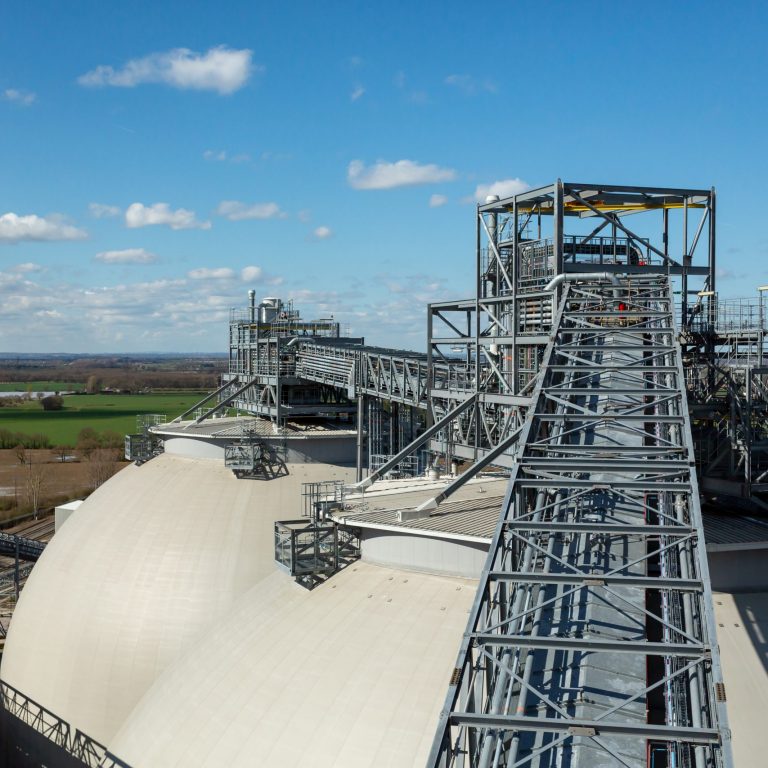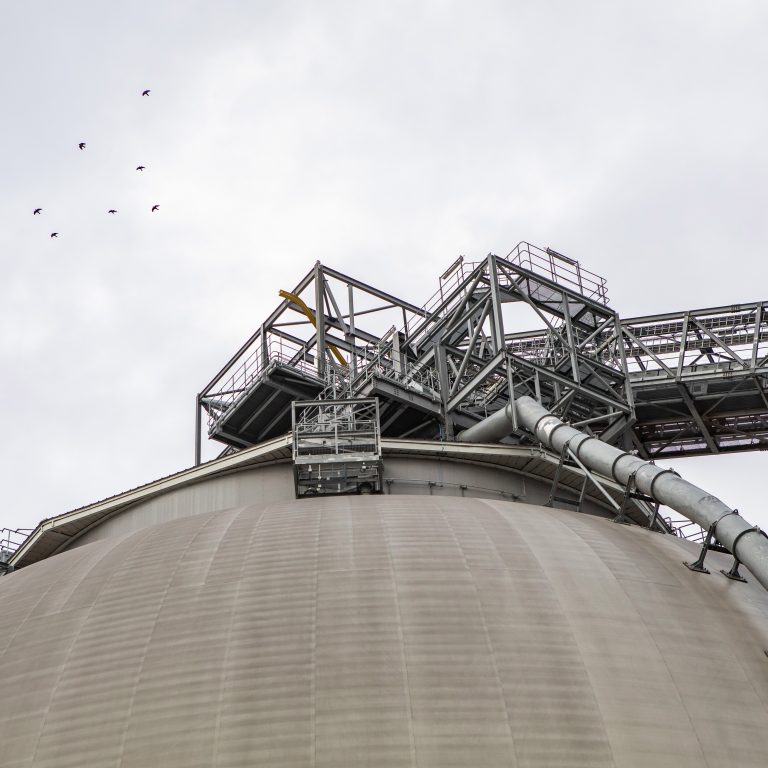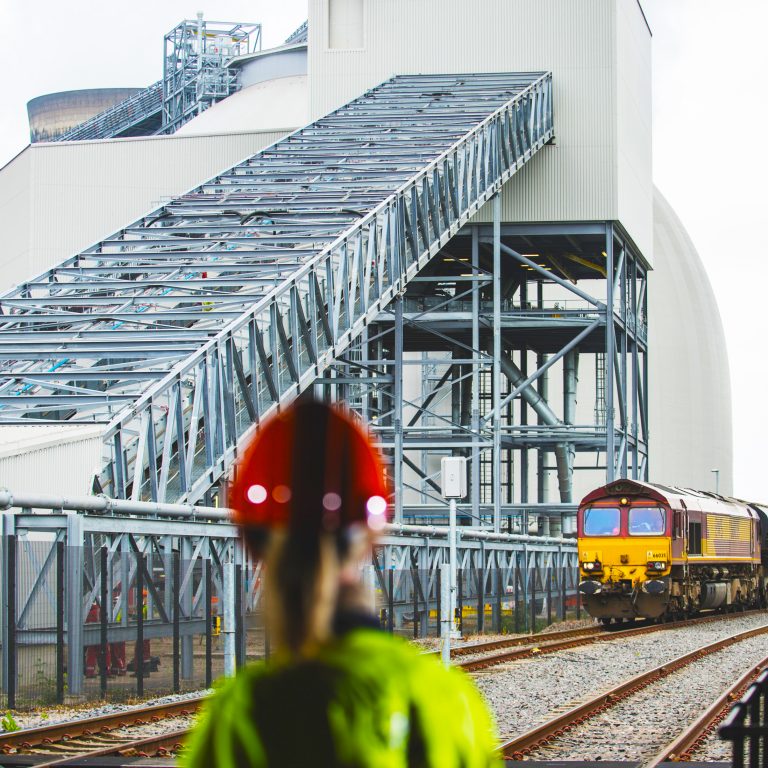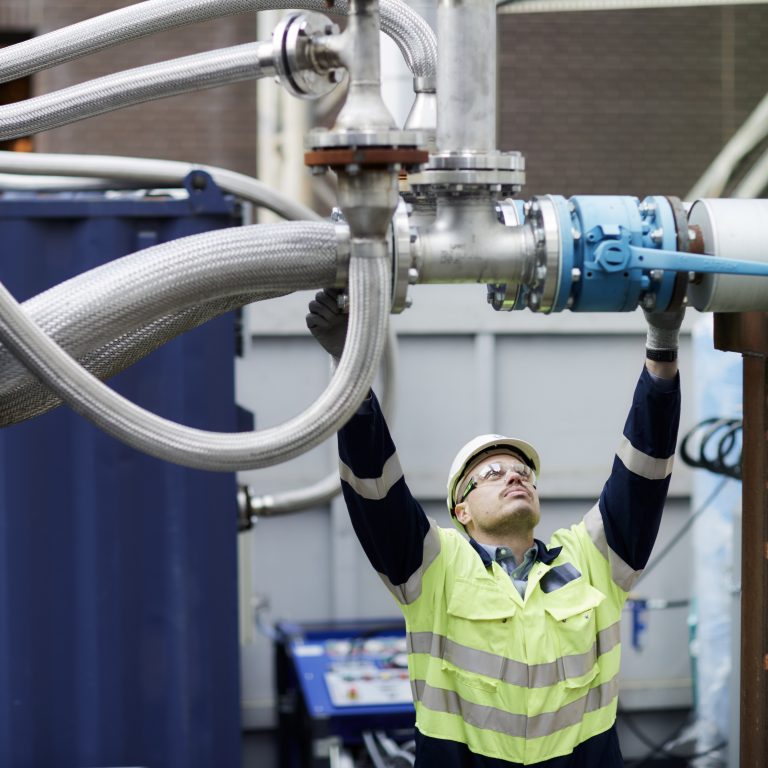At the heart of Norse folklore is a figure called Yggdrasil that connects its nine worlds and gods. It’s an immensely important and holy icon, but it is not a god itself – it is an ash tree.
That the central figure of mythical Scandinavian cosmology should be something as humble as a tree is no surprise, Scandinavia is a heavily forested region. Sweden, the largest country in the area, is more than 68% forest. Wood is an inherent part of life there. For thousands of years it’s been used as a resource and a fuel, and today is no different.
Throughout much of Europe the same is true. But, while historically wood was used only for cooking, heating and light, today its use as a form of energy also includes generating electricity and heat when formed into compressed wood pellets.
Europe and wood pellets
Nearly 22 million tonnes (Mt) of wood pellets were used in the European Union in 2015, making the region the leading wood pellet consumer in the world. It is also the world’s leading producer, creating roughly half of the world’s global output – largely from European trees.
A report from the Standing Forestry Committee, set up to represent the forestry industries in EU countries, found that just 4% of the woody biomass used in the EU was imported.
Of the 22Mt used across Europe, 10.5Mt was used for heating, while 11.5Mt was used for industrial uses like fueling power plants. But in the UK, the level of wood used for fuel falls some way behind EU averages. Thanks in large part to Drax and its transition from coal to renewable wood pellet-powered electricity generation, that’s changing, but the UK still has a way to go to catch the continental average.
Where is the UK falling behind and how is wood being used to power the rest of the continent? Here, we look at some of the largest consumers and producers of biomass in Europe and how it’s being used.
Sweden
Sweden is the third highest consumer of wood as a source of energy in Europe, trailing only Finland and Latvia in its use. A key use of biomass in Sweden is powering district heating systems. In a district heating system, rather than each building or home having its own boiler, whole areas of cities are heated through a single central plant distributing heat to buildings. These plants can be powered by a variety of fuels, but many run on wood pellets or distribute the waste heat captured at power plants.
Germany
In 1713, an accountant and mining administrator, Hans Carl von Carlowitz, published what is considered the first ever book to look in depth at forestry management, effectively kickstarting the modern idea of sustainable forestry. In the 300 years that have passed, Germany has embraced the cultivation of wood and has made wood and biomass a fixed part of its energy makeup.
More recently, the Renewable Energy Heating Act and Market Incentive Programme was passed in 2009, which requires new building owners to provide a percentage of their heat from renewable sources, including wood-fired boilers. The aim is to increase the country’s share of renewable heat to 14% by 2020.
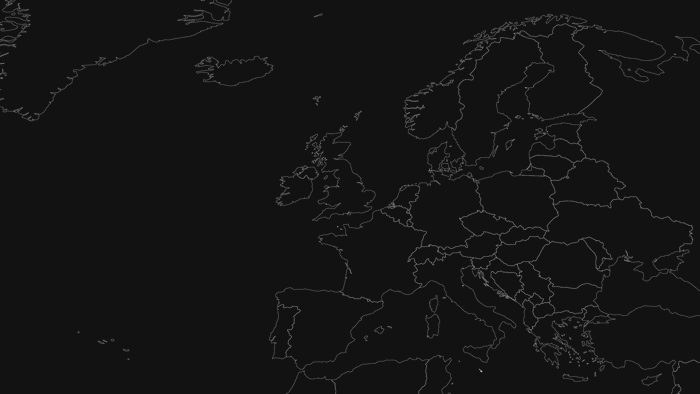
Finland
Nearly three quarters of Finland is forestland, making it one of the most forested countries in the world, let alone Europe. As a result, wood plays a large part in Finnish culture. Stora Enso, one of the world’s leading paper and packaging manufacturers is Finnish and more than 20% of the country’s exports are from wood and wood products. Coupled with a strong focus generating much of its energy from renewables, energy derived from wood and products made from wood is high.
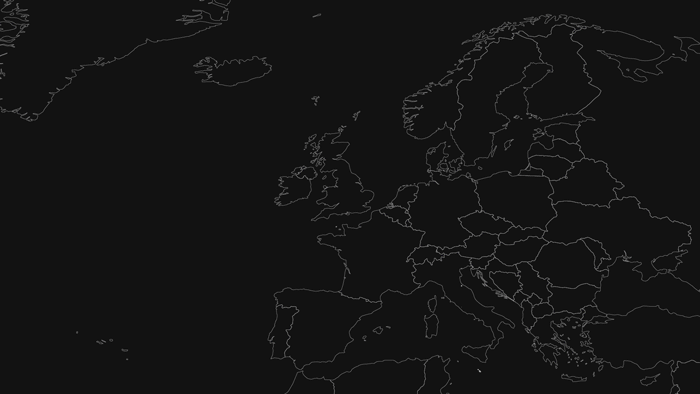
United Kingdom
In 2013, less than 10% of all energy used in the UK was generated from wood and wood products. This places it some way behind countries like Germany and Sweden, in part owing to a lack of infrastructure for providing heating derived from wood and wood biomass.
This could change if the government continues to back technologies equally in initiatives like the Renewable Heat Incentive (RHI). Available to homeowners, landlords and commercial customers, RHI provides incentives for installing generators of renewable heat such as wood pellet boilers.
To reach climate goals, the then Department of Energy and Climate Change noted that both biomass-driven electricity generation and heating should continue to increase in the UK. And with the upgrade of Drax and Lynemouth power stations from coal to compressed wood pellets, there are positive signs the UK can catch up to the European biomass average. In doing so, renewable biomass electricity generation can also help increase wind and solar power generation in the UK, and help create a more sustainable energy future.










